Before a mobile phone could fit in the palm of your hand, before streaming platforms made Blockbuster irrelevant, and before the internet made everyone famous, it was all about the toys. In the 1990s, kids went home, turned on Nickelodeon, and were bombarded with copious commercials for Super Soaker, Furby, Skip-It, and Polly Pocket.
If you’ve ever wondered how Beanie Babies became so popular, why slap bracelets were banned from your school, or why the heck Pogs are called Pogs, wonder no more. Here are some radical facts about ’90s toys that may just blow your mind.
1. Without Skip-It, There Might Be No Marvel Cinematic Universe

The original Skip-It was released in the 1980s, but the one you probably remember – the one with the intensely catchy jingle – debuted in the early ’90s. This version actually counted the number of skips a person did, and it was co-created by Avi Arad.
Arad designed toys for Mattell, Hasbro, and Tyco, then joined Toy Biz in the 1980s – later becoming its CEO. Marvel acquired the company in 1993, and Arad began overseeing Marvel Studios. To make a very long and complex story short, after Marvel declared bankruptcy, Arad and Toy Biz co-founder Isaac Perlmutter bought it and turned things around. Then they began buying back the characters Marvel had sold to various studios, in the hopes of creating a shared cinematic universe.
Arad went on to produce Blade, X-Men, Sam Raimi’s Spider-Man trilogy, and Iron Man – among many other superhero films. As writer Jamie Logie explains,
If the Skip-It hadn’t become a huge success, Avi Arad would not have had the ability to develop other toys and allow his toy making genius to grow. He never would have become a hot commodity, never would have been recruited by Toy Biz, and Marvel as we know it would not exist.
2. Earring Magic Ken Became A Gay Icon
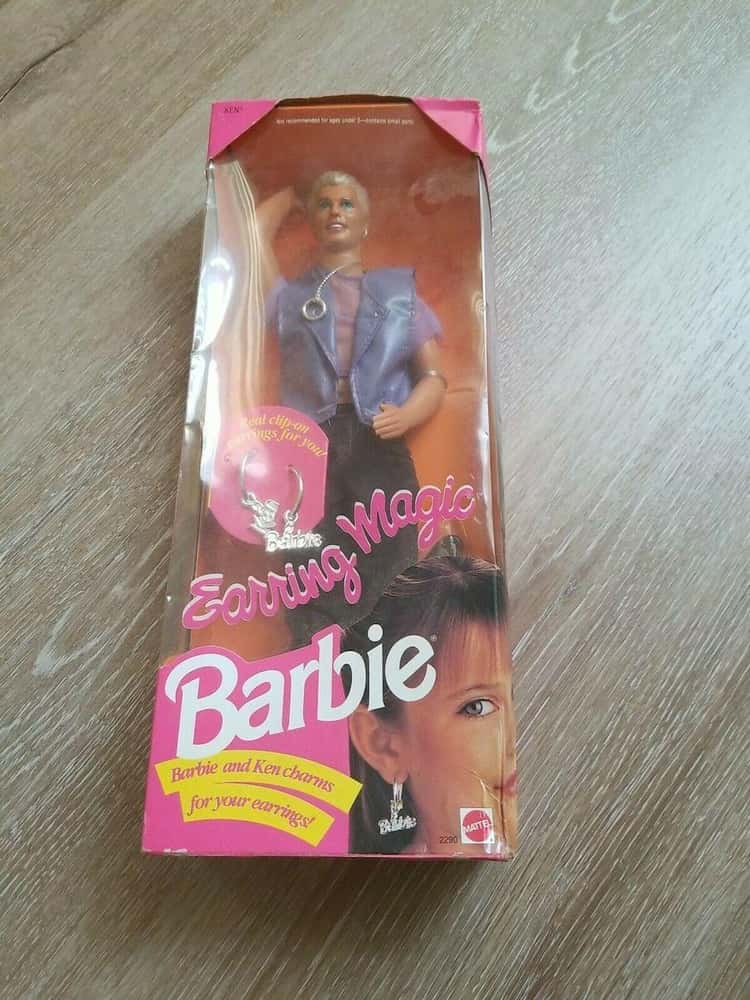
In the ’90s, toy manufacturer Mattel asked a focus group of 5-year-old girls what would make Ken “cooler.” Their idea of a fashion forward Ken was inspired by what the girls likely saw on MTV – mesh shirts, hot colors, earrings, etc. Earring Magic Ken first appeared on shelves in 1993, and quickly became Mattel’s highest-selling version of the doll – but not with the target demographic.
This new Ken rocked a purple leather vest and mesh shirt, a slicked-back hairdo, black jeans, and an earring in his left ear. As columnist Dan Savage pointed out at the time, this outfit was basically rave wear from the queer scene in Los Angeles and New York circa 1990. What really completed the look was a silver necklace ending in what Mattel described as a circular charm – and what gay men instantly recognized as a notorious sex toy.
As Savage explains, this particular ring was worn by gay men as a fashion statement – on jackets, zipper pulls, key rings, bracelets, and most frequently as a pendant. Earring Magic Ken was flying off the shelves due to the kitsch factor alone – right up until Mattel recalled the product.
3. The PlayStation Was Originally Developed As An Add-On To The Super Nintendo System
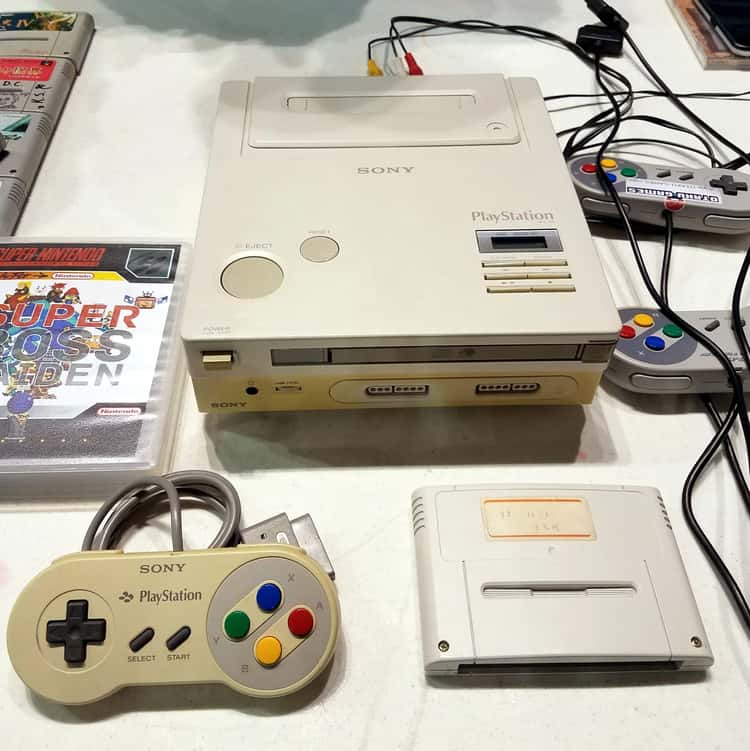
What eventually became the Sony PlayStation began as a collaboration between Nintendo and Sony engineer Ken Kutaragi. Kutaragi developed a new sound chip for Nintendo, which led to him being tapped to create a CD-based add-on for the Super Nintendo system. At the time, Sony itself had no desire to develop a console; the company considered video games a passing fad.
Sony did create a Nintendo Play Station prototype (with the only known model surfacing in 2015), but Nintendo ultimately decided against the partnership. Sony then approached Sega on creating a disc-based console, but then backed out of the deal.
In the end, Kutaragi went to Sony’s CEO and told him the company should develop their own console – if only to get back at Nintendo. Allegedly, the CEO told him, “Go for it. Do it.”
4. The Original Polly Pocket Was Made Out Of A Powder Compact
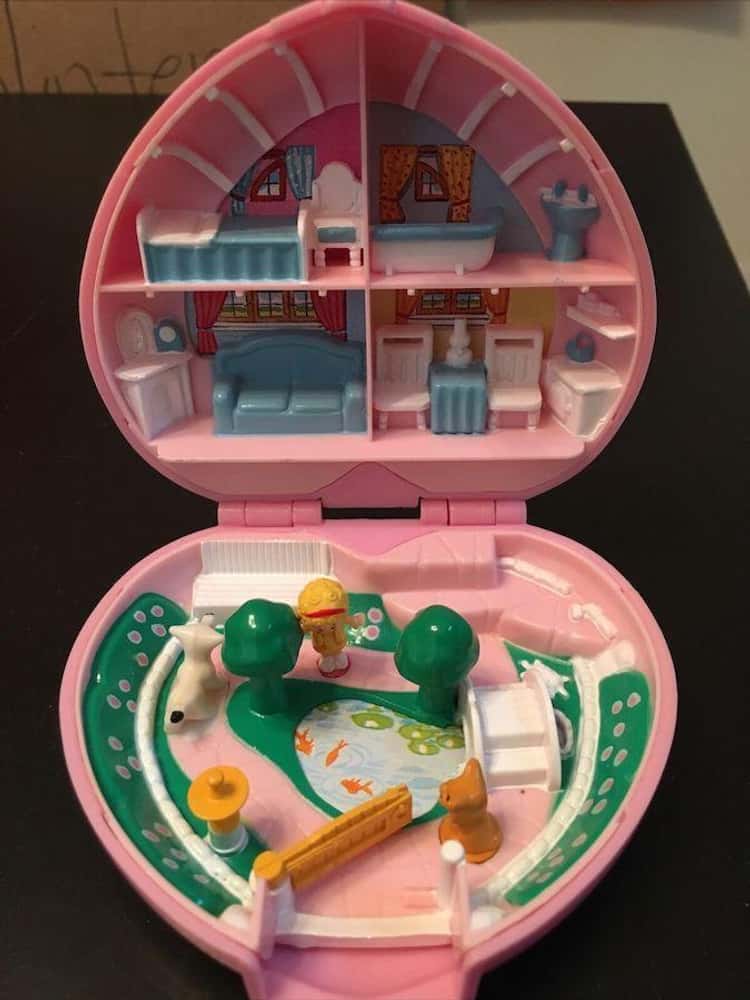
According to Love to Know, Chris Wiggs invented Polly Pocket in 1983:
[He] was looking to create a toy for his daughter Kate, then young enough to enjoy the imaginative world of dolls. He had the idea to make a doll small enough to fit into a pocket, yet still have a whole world to play in. He used a powder compact to design a tiny house that the even smaller doll would fit inside.
Polly Pocket was eventually licensed by Bluebird Toys, and the first toys were released in 1989.
5. The Beanie Baby Craze Was Started By Four Women From Chicago
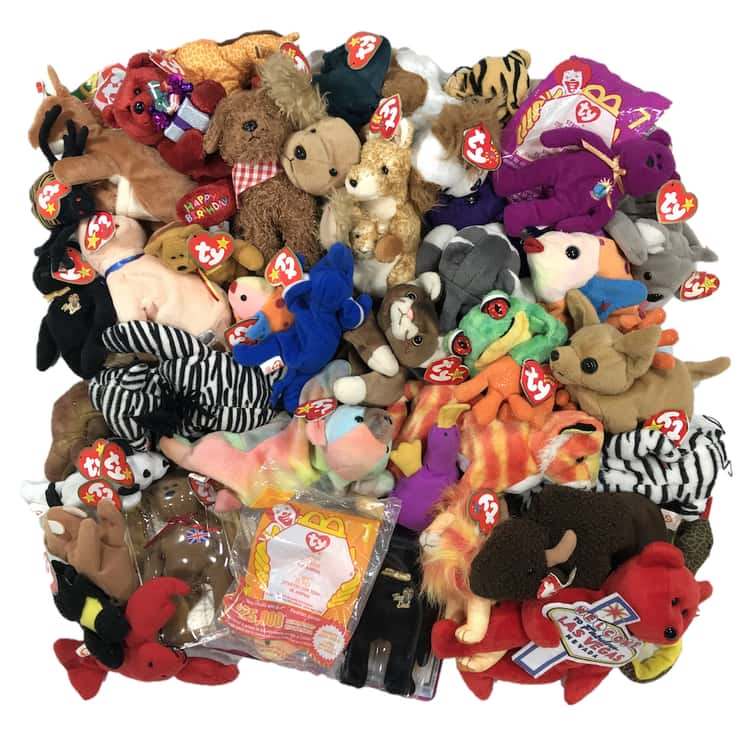
After a successful career at toy company Dakin, Ty Warner formed his own Chicago-based company, Ty. His first Beanie Babies were released in November 1993, but they didn’t cause much of a stir until three years later.
After issues with a supplier caused Warner to stop manufacturing a non-Beanie Baby product (a lamb named Lovie), he discovered that customers were much less angry if the company said the piece was “retired” instead of discontinued. This caused a rise in demand for other products, and Warner began intentionally retiring Beanie Babies.
Post-retirement, Beanie Babies accumulated value among parents willing to trade for them. The first serious collectors were two pairs of women – Becky Phillips and friend Becky Estenssoro, and Dr. Paula Benchik-Abrinko and her sister Peggy Gallagher – from the Chicago suburbs. Dr. Benchik-Abrinko noticed that Beanie Babies were sold in her hospital’s gift shop, prompting her to begin scouting other hospitals for the hard-to-find collectibles; while Gallagher bought Beanies directly from Ty’s German distributor.
As these two pairs of women began cornering the market on Chicago Beanie Babies, the scarcity kicked off the Beanie bubble. By 1998, Ty’s sales were more than $1.3 billion, and the New York Post reports each of the company’s employees “received a bonus equal to their annual salary.”
6. Pogs Got Their Name From A Hawaiian Juice Brand
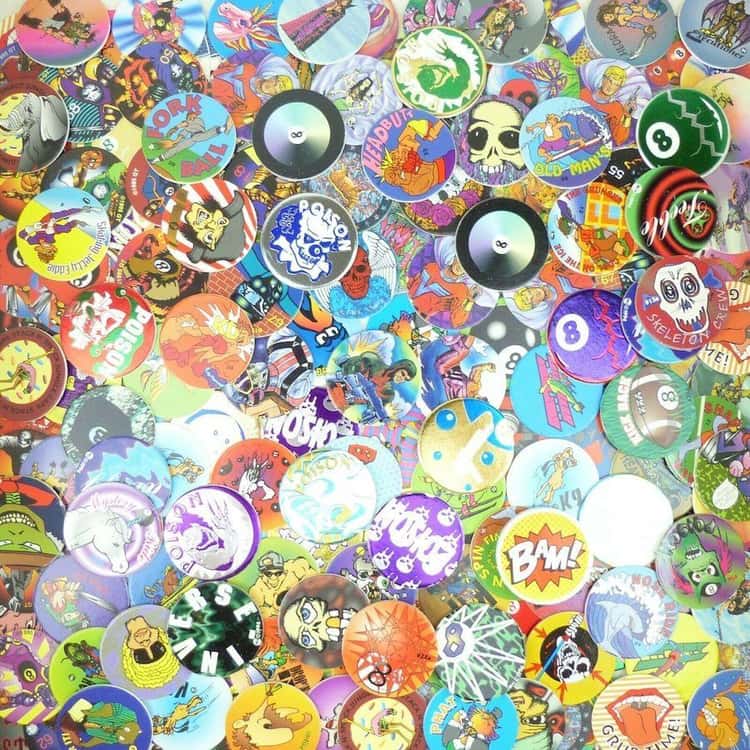
The origin of Pogs can be traced all the way back to Japan’s Edo Period and the game of Menko. In the 17th century, Menko players competed not for cardboard discs but tiny faces made out of dried mud (men’uchi). Players threw down their own clay pieces and took those that landed face up.
Japanese immigrants brought this game with them when they migrated to Hawaii in the early 1900s. There, instead of clay pieces, players used cardboard discs that were used to seal bottles of milk – and the game became known as Milk Caps.
Blossom Galbiso, a Hawaiian teacher, is credited with popularizing the game in the early 1990s. She and her students liked to use the cardboard discs that came with bottles of Pog juice – an acronym for Passionfruit, Orange, and Guava.
As Pogs grew in popularity in Hawaii, businessman Alan Rypinski used the Pog trademark from Haleakala Dairy to found the World Pog Federation.
7. Super Soaker Was Invented By A NASA Engineer
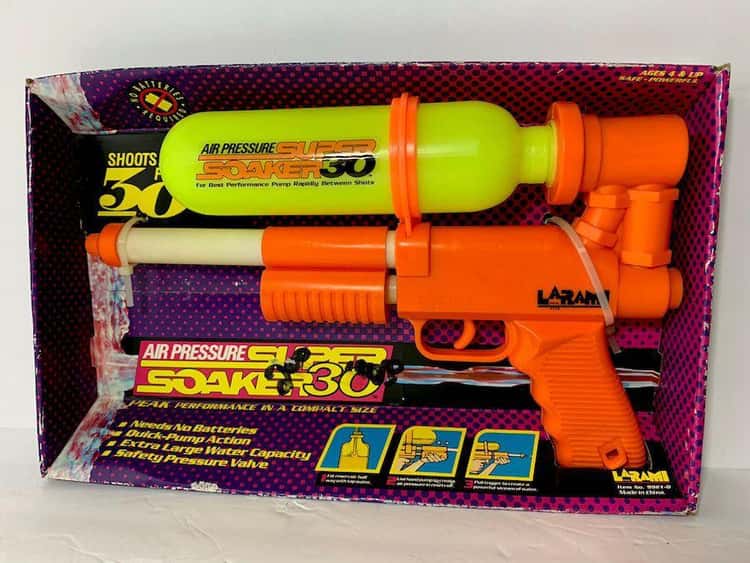
The inventor of the Super Soaker, Lonnie Johnson, worked at NASA’s Jet Propulsion Laboratory, on both the Galileo and Cassini satellite programs, and contributed to the development of the B2 stealth bomber. Unsurprisingly, the man has more than 120 patents for various products and processes.
The Super Soaker was developed by accident while Johnson was working on a heat pump. His first squirt gun prototype was made of Plexiglas, PVC piping, and a two-liter soda bottle. He patented his device in 1986, but it wasn’t until 1990 that a company was willing to license it. The toy was originally released as the Power Drencher.
It was rebranded as the Super Soaker in 1991, and became the top-selling toy of ’92.
8. The Talkboy Was Originally Just A Prop Created For ‘Home Alone 2’
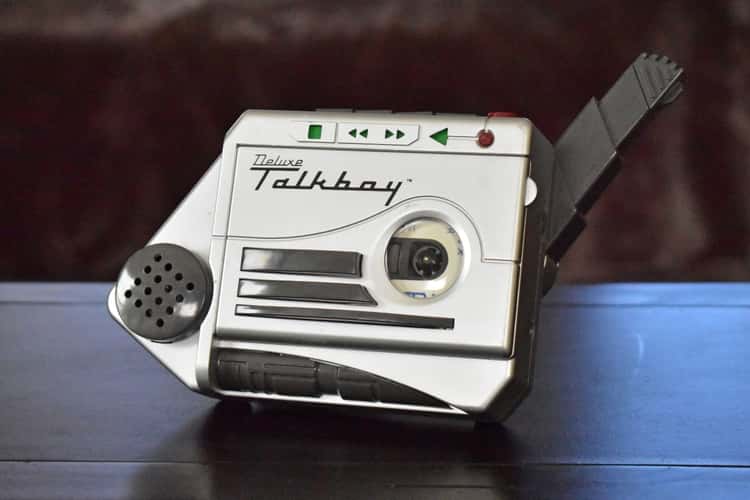
The Talkboy was originally conceived as a neat electronic gadget Kevin McCallister (Macaulay Culkin) could use in Home Alone 2. According to Roger Shiffman, the former President of toy company Tiger Electronics, Tiger designed the Talkboy during production of the film, and then made a deal with 20th Century Fox to put it on the shelves. But the toy lacked all the voice features Kevin uses in the movie, and consumers weren’t impressed.
Learning from its mistake, Tiger added the missing features to its Talkboy Deluxe and released it to coincide with Home Alone 2‘s arrival on home video. This time, the toy was so successful that Talkboys flew off the shelves faster than the manufacturer could keep up. Demand got so far ahead of supply that the company had to remove its advertisements for the toy after Thanksgiving 1993.
According to Robin Plous, a spokesperson for Tiger, the company was inundated with phone calls – as many as 300 a day – from people trying to buy the product. “We’ve even had parents try to talk us into getting them Talkboys by claiming they had a terminally ill child,” Plous said.
9. Furbies Were Banned By The NSA
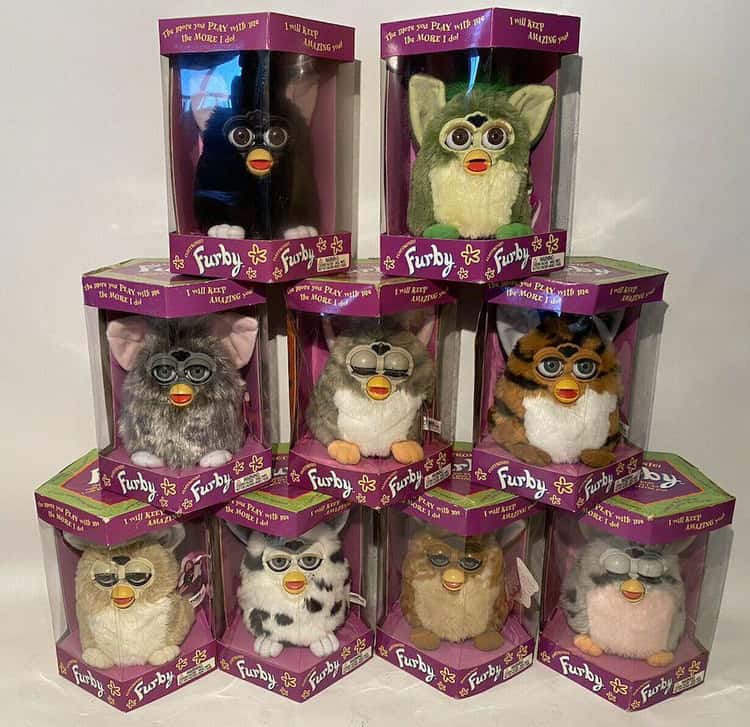
In January 1999, the US National Security Agency banned Furbies from their property. This was due to the agency’s belief that the talkative little robots could listen to and record the words that were spoken to them. As CBS reports, the NSA basically “accus[ed] the toy of being a Chinese-manufactured spy, a secret-stealing bugging device capable of eavesdropping on sensitive conversations.”
This may have been due to the way Furbies were marketed. The Grunge explains,
Furbies were touted as having the ability to learn English over time… and slowly begin to replace their baby-talk native tongue with a sophisticated Western lexicon of words like “yes” and “hurray…”
Of course, Furbies were nowhere near that sophisticated. They were simply programmed to start out babbling and gradually begin speaking English. Once the NSA was convinced, it lifted its Furby ban.
